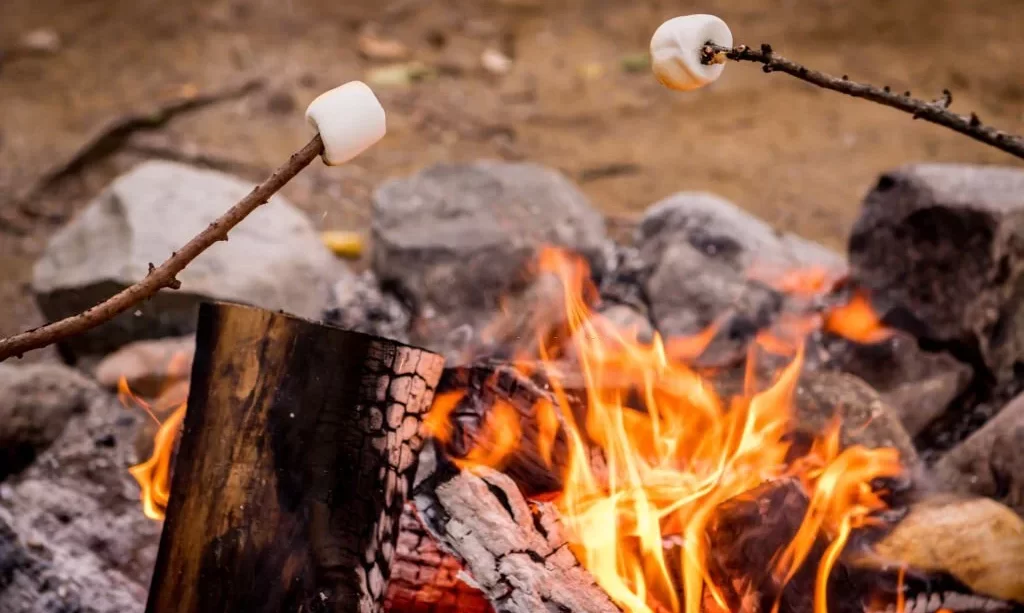Picture a whimsical world where marshmallows hang like ripe fruit from trees, waiting to be plucked and savored. It’s a delightful notion that tickles the imagination and has sparked the curiosity of many, young and old alike. But in the realm of reality, where do marshmallows truly come from? Do they sprout from branches or emerge from the ground like daisies? In this exploration, we embark on a whimsical journey to unravel the sweet mystery of marshmallows and whether they indeed grow on trees. Prepare for a delightful dive into a world where the boundaries between dreams and reality blur, all in pursuit of the sweet truth.
The Marshmallow Mystery
The whimsy of marshmallows growing on trees is a charming notion that has amused generations. It’s a concept that tickles the funny bone and evokes images of enchanting orchards where fluffy, sugary confections dangle like tempting treasures. While the idea might appear absurd, it’s one that has occasionally danced through the corridors of popular culture and humor.
Whether in children’s tales or playful jokes, the notion of marshmallows sprouting from trees has taken root in the fertile soil of our collective imagination. It’s a reminder that even in the world of sweets, where the laws of physics and biology might seem to bend, a touch of whimsy can add a sprinkle of magic to our lives. But as we venture deeper into this enchanting forest of ideas, let us not forget to unveil the true origins of these beloved treats and discover how they journey from the imagination’s orchard to the kitchen’s confectionery.
The True Origin of Marshmallows
Delving into the history of marshmallows, we find ourselves transported back to ancient Egypt, where these sugary confections had their roots. In the marshes along the Nile River, the marshmallow plant, scientifically known as Althaea officinalis, grew abundantly. The Egyptians recognized the plant’s valuable properties, using its sap to create a sweet delicacy. They would extract the sap, mix it with honey, and form a sweet treat reserved for royalty and the gods.
This marshmallow sap concoction was a far cry from the modern marshmallow’s fluffy, airy texture. It was dense and had a medicinal purpose, serving as a remedy for sore throats and coughs. It wasn’t until later centuries that the recipe underwent significant transformation.
The marshmallow plant, however, was not a tree but a humble herbaceous perennial with pink and white flowers. The misconception of marshmallows growing on trees likely stems from the phonetic similarity between “marshmallow” and “mallow,” the latter referring to the marshmallow plant. In reality, marshmallows were not plucked from trees but crafted with a combination of sugar, gelatin, and flavorings.
Modern Marshmallow Production
In the modern world, marshmallow production has evolved significantly from its ancient roots. The once-used marshmallow plant sap has been replaced by a blend of ingredients that includes sugar, gelatin, and flavorings. Gelatin, in particular, plays a pivotal role in creating the marshmallow’s beloved texture, lending it that delightful fluffy quality.
The process begins with mixing these ingredients into a thick, gooey syrup. This mixture is then whipped into a frothy, cloud-like consistency, creating the marshmallow’s signature fluffiness. While the marshmallow plant’s sap once served as a binding agent, gelatin now takes center stage, providing both structure and the airy texture marshmallows are known for.
Once whipped to perfection, the marshmallow mixture is shaped into the familiar cylindrical form or molded into various shapes and sizes. It’s then left to set and cool, ready to be packaged and enjoyed in an array of culinary delights, from s’mores to marshmallow-topped sweet potatoes.
In essence, while marshmallows don’t grow on trees as whimsical imaginations might suggest, their creation remains a testament to the creativity of humanity. With sugar, gelatin, and a touch of flavor, we’ve transformed a plant’s sap into one of the most beloved sweet treats, continuing to inspire delight and wonder in every fluffy bite.
Common Misconceptions
Amid the whimsy of imagining marshmallows on trees, it’s crucial to address the common misconceptions that have contributed to this playful notion. The word “marshmallow” itself might be partially responsible for the mix-up. The name “marshmallow” likely originates from the plant’s habitat, as it thrives in marshy areas, rather than its edible properties. This linguistic connection between the plant and the confection has likely fueled the imaginative belief in marshmallow trees.
Another factor to consider is the evolution of language over time. As culinary traditions and confections change, the names and associations of plants can become blurred. In the case of marshmallows, the transition from a medicinal herb to a sweet confection has caused some confusion about their origins.
Conclusion: Marshmallows and Imagination
While the delightful concept of marshmallows growing on trees remains firmly in the realm of imagination, it adds a whimsical layer to our appreciation of these sweet treats. Marshmallows, with their fluffy texture and sugary sweetness, have captured our hearts and fueled our creative musings.
In the world of culinary wonders, where sugar, gelatin, and a dash of imagination come together, marshmallows stand as a testament to human ingenuity and our endless capacity for culinary invention. As we savor the fluffy, airy delight of marshmallows, let us cherish not only their taste but also the imaginative spirit that has surrounded them for generations. So, while marshmallows may not grow on trees, the story of their transformation from a marshy plant to a beloved treat is a journey filled with sweetness and wonder.




